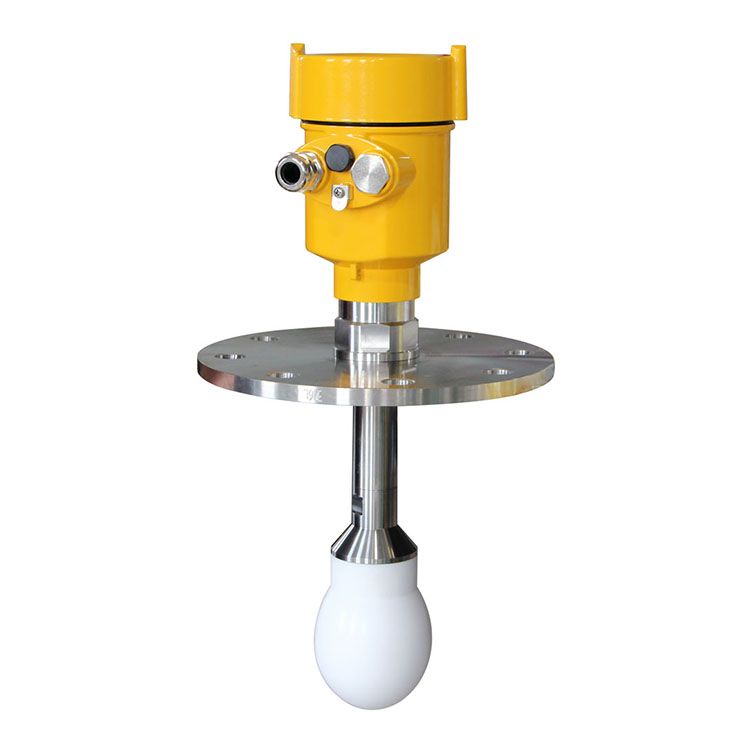The following are the eight inspection methods and steps of radar level gauges:1. Percussion hand pressure methodIt is often encountered that the instrument is running up and down, and most of this phenomenon is caused by poor contact or weak welding. For this situation, percussion and hand pressure can be used.The so-called “knock” is to tap the plug-in board or component lightly with a small rubber buckle or other knocking objects to see if it will cause an error or shutdown failure. The so-called “hand pressure” means that when a fault occurs, the components, plugs and sockets that are inserted after the power is turned off are pressed firmly by hand, and then the power is turned on to try whether the fault will be eliminated. If you find that it is normal to tap the case once, and then it is not normal, first re-plug all the connectors firmly and try again. If it is troublesome and unsuccessful, you have to find another way.2. Observation methodUse sight, smell, and touch. Sometimes, damaged components will change color, blistering or burnt spots; burned components will produce some special smell; short-circuited chips will be hot; virtual soldering or desoldering can also be observed with the naked eye .3. EliminationThe so-called elimination method is to determine the cause of the fault by plugging in some plug-in boards and components in the machine. When a plug-in board or device is removed and the meter returns to normal, it means that the fault has occurred there.4. Replacement methodTwo instruments of the same model or sufficient spare parts are required. Replace a good spare part with the same component on the faulty machine to see if the fault is eliminated.5. Contrast methodTwo instruments of the same model are required, and one of them is operating normally. To use this method, you must have the necessary equipment, such as a multimeter, an oscilloscope, and so on. According to the nature of comparison, there are voltage comparison, waveform comparison, static impedance comparison, output result comparison, current comparison, etc.The specific method is: let the faulty instrument and the normal instrument run under the same conditions, and then detect the signals at some points and then compare the two sets of measured signals. If there are differences, you can conclude that the fault is here. This method requires maintenance personnel to have considerable knowledge and skills.6. Temperature rise and fall methodSometimes, the instrument will work for a long time, or when the working environment temperature is high in summer, it will malfunction. Turn it off and check it is normal, stop it for a period of time and turn it on again, and then it will malfunction again after a while. This phenomenon is due to the poor performance of individual ICs or components, and the high temperature characteristic parameters fail to meet the index requirements. In order to find out the cause of the failure, the heating and cooling method can be used.The so-called cooling is to wipe anhydrous alcohol with cotton fiber on the parts that may be malfunctioning when the malfunction occurs, to cool it down, and observe whether the malfunction is eliminated. The so-called warming is to artificially raise the ambient temperature, for example, use an electric soldering iron to put it close to the suspected part (note that the temperature must not be raised too high to damage the normal components) and try to see if the fault occurs.7. Shoulder-riding method Shoulder-riding method is also called parallel method. Put a good IC chip on the chip to be inspected, or connect a good component (resistance capacitor, diode, triode, etc.) in parallel with the component to be inspected, and keep good contact. If the fault is caused by an internal open circuit or Reasons such as poor contact can be ruled out by this method.
8. Capacitor bypass method When a certain circuit produces a strange phenomenon, such as a display disorder, the capacitor bypass method can be used to determine the part of the circuit that is probably malfunctioning. Connect the capacitor across the power and ground terminals of the IC; connect the transistor circuit across the base input or collector output, and observe the effect on the failure phenomenon. If the capacitor bypass input terminal is invalid and the fault disappears when bypassing its output terminal, through the above understanding of the adherence to the steps of the radar level gauge, it will be safer to use.

Post time: 21-09-21
